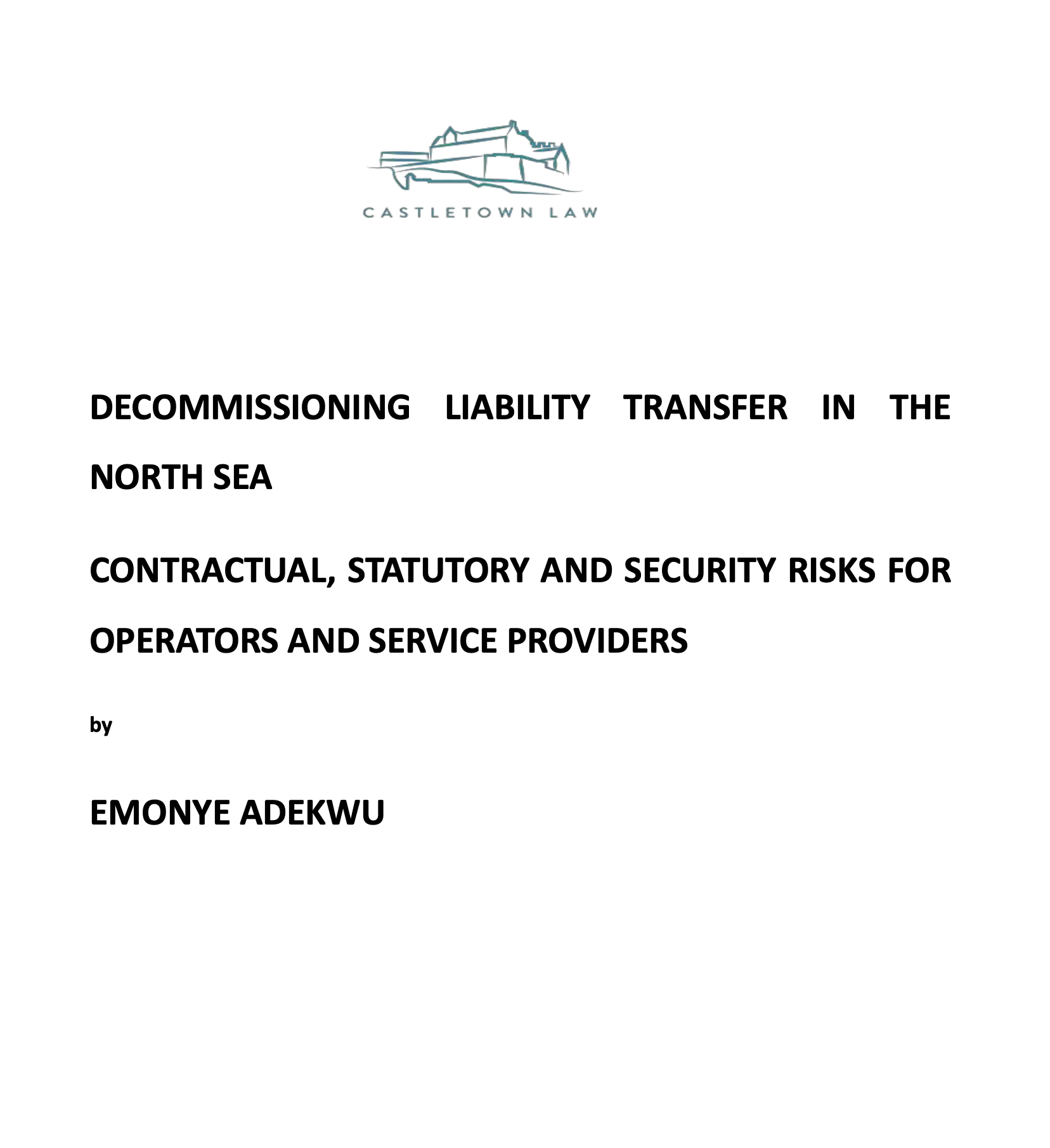Heat Networks (Aug 2019)
Introduction
The UK lags behind Europe in the use of heat networks as community, commercial and industrial heat supply, utilising heat from primary and secondary heat sources. The reasons for this are not entirely clear because there is no apparent technological or economical reason for this. It seems the reason may simply be there is no financial or regulatory incentive on developers (until recently) to include heat networks in their developments.
This paper looks briefly at heat networks based on the recent experiences in the UK and the models used to fund and incentivise their use.
Available Funding
As with all projects, there is a need for initial equity commitment and sufficient funding to bring an idea or concept to the stage it needs to reach in terms of credible structure and diligence, to be considered for a viability review for funding. The prevalence of gas, coal and nuclear generation is now changing and the energy efficiency models now being applied, requires the developer to demonstrate the sustainability credentials of the project under consideration. Utilisation of what may otherwise be waste heat, is a good way of showing that the energy efficiency within the environment being developed is at an acceptable standard.
Recognising the symmetry between heat capture and use and sustainable low carbon, the government somewhat belatedly has provided some financial incentives. These are comprised in an overall package of £320 million, announced as being available from April 2019. The funds will be made available in grants and loans. Some of the grant funding is subject to special requirements and repayment, based on conditions precedent applying to financial close.
There are critical eligibility criteria based on a need to demonstrate the projects vulnerability without the Heat Network funding. If the network is not proposed through a planning process, then funding must be demonstrated as a requirement to meet a minimum IRR for the project financial model. If the project is under the planning regulations, then the government based funding is only available for additionality. There is no double dipping allowed between Heat Network funding and other funding such as Renewables Obligations, CfD’s or the Renewable Heat Incentive scheme.
Below are some key points around the government funding incentive packages:
- An award of grant or loan or a combination of both, must not exceed half of the construction cost provided in the financial model.
- Neither grant or loan is available if the IRR of the project is considered to be excessive based on market conditions.
- Loans range from £25,000 up to £10m and can have a repayment period of up to 25 years.
- Normally loans will be based on the financial model for the SPV and the loan will be made to the SPV subject to normal financial covenants.
- Loans will be part of a package and only available on confirmation of other funding being available.
- Interest rates are at relatively low rates and the repayment terms make them attractive.
Technical Criteria
These are said to be guidelines and include:
- Capturing 75% heat from CHP
- Capturing 50% energy from renewables
- Designed to COP:201522
- 2GWh per year either heating or cooling equivalent
The socio-economic criteria are prevalent in the government documentation and demonstrating a long term (15 year) period of reduction in carbon using a standard accepted financial model approach, is likely to be a requirement. Projects which demonstrate future expansion capacity, local supply chain development and consumer benefits will be well received.
Conclusion
Heat networks are a growing part of the energy network environment and although kept relatively low key in a number of metropolitan developments where they are most effective from a use and economic point of view, European examples demonstrate a clear route to utilising heat as a major factor in carbon reduction and improvement of the environment.
They have the potential to reduce consumer costs and to be applied more extensively in commercial and industrial complexes under development and thorough retrofitting.
They are likely to be used as part of an energy services provision by dedicated operators. The setting up of contracts for the end user, is best done through their inclusion in new developments but local authorities could utilise retrofitting with heat added to water, as an additional cost on the Council tax statements.











